Buy or gift a stand-alone digital subscription and get unlimited access to dozens of back issues for just £18.99 / $18.99 a year.
Please register at www.exacteditions.com/digital/cornucopia with your subscriber account number or contact subscriptions@cornucopia.net
Buy a digital subscription Go to the Digital EditionBalaklava, Sevastopol, Inkerman, the Valley of Death – in Britain, where the savage toll was so acutely felt, these names still have the power to arounse pride and fury. Algernon Percy travelled to Crimea to visit the evoctavie battlefields
From the Tsarist Riviera around Yalta to the vineyards of Massandra, Crimea offers many temptations, but my visit to Ukraine was to be strictly academic. I had studied 19th-century history at university, and had heard tell of an ancestor who had served with distinction in the Crimean War. I was resolved, then, to see the battlefields that even now toll a knell in the British imagination – the Seat of War in the East, to borrow the title of Colnaghi’s book of William Simpson’s lithographs depicting the conflict.
As in 1854, Sevastopol is the Russian navy’s most important base. As such it was closed even to Russian tourists until 1997, and the nearby small harbour of Balaklava was not marked on Soviet maps because it was a submarine base. The region remains in consequence relatively unexplored by British tourists.
Unlike the allied invasion force, which in September 1854 landed by sea on the west coast of Crimea at Calamita Bay, near Yevpatoria, my three companions and I arrived via Simferopol. Our route to Sevastopol was therefore different from that of the allies’ march, but not wildly so, because we encountered the same terrain and rivers (including the River Alma, where the first battle was fought), and we converged with the allies’ flank march around Sevastopol at Mackenzie’s Farm, named after the Russian admiral of Scottish descent. I later had the opportunity of seeing for myself the west coast, imagining from the heights of Alma the Russians’ commanding view of the allied landing place a few miles to the north, and the menacing naval task force just offshore.
We were furnished with an interpreter, a guide, a local historian and a driver – staff on a scale I imagine General Lord Raglan would have enjoyed. On our first morning we were taken to the site of the Grenadier Guards’ camp, four or five miles south of Sevastopol. We trundled past small wooden dachas, down a dirt track across the barren and stony soil that is typical of the region, until we reached what looked like just another random scattering of rubbish in the middle of the countryside, sadly so common all around Sevastopol. It was indeed a refuse tip, though this one dated from the 1850s and was where the British Guards had dumped their old bottles: mostly thick, dark porter bottles, with a few of the officers’ more delicate wine bottles among them. Hundreds of pieces of glass lay scattered about, and digging a little with bare hands one could find items almost intact. Here and there, in little clumps over a wider area, crocuses were sprouting, planted, we were told, by British army officers outside their tents…
NOTES:
Subscribers can read the full article online here.
A brillian new website allows you to explore the Crimean landscape through watercolours, many of them painted during the war: watercolourworld.org sets out to ‘explore the world before photography’. Alegernon Percy’s collection of paintings, including William Simpson’s view of Balaklava, above, are included.
Algernon Percy is the author of ‘A Bearskin’s Crimea: Colonel Henry Percy VC and his Brother Officers’ (2005). He is working on a TV miniseries on the Crimean War.
The V&A’s Tim Stanley eyes up the Louvre’s astonishing new Islamic offering
Aard Streefland tells the story of the Dutch orientalist Marius Bauer (1867–1932)
As the Sadberk Hanım Museum celebrates the art of embroidery, Min Hogg marvels at the motifs of palaces, fruit and flowers, sea and cityscape, wrought stitch by stitch, to adorn every Ottoman home
The Crimean khans founded their capital in the fertile foothills of the Crimean Mountains in the 15th century. This was the nucleaus of the land known as Cim Tartary. The garden palace of Bahçesaray is a glorious reminder of the khans’ 350-year reign
Dramatic and picturesque, Crimea’s southern coast became a resort for doomed royalty and a refuge for ailing literati
Two ports – Sevastopol and Yevpatoria – rule Crimea’s flat west coast. One was built for war, the other for recreation. Both played a part in the Crimean War
Geonese merchants, a millionaire painter and a symbolist poet brought fortune and fame to the eastern stretches of Crimea’s south coast and its fertile hinterland
From the Danube to the Caucasus, conflict raged. The Ottomans were fighting for their territories and their lives, but the full story of their courage is only now being told, says the military historian Mesut Uyar
The war of 1853–56 was a calamitous clash of imperial ambitions. Turkey sustained heavy losses, but without them she might have ceased to exist. David Barchard puts the conflict in context
With its healing brine baths and golden beaches, its wealth and variety of architecture, and its layers-deep history, this resort offers something for everyone – from hedonist to hypochondriac
Yevpatoria in Crimea was the home the young Anna Akhmatova, an icon of Russian literature, who fell foul of Stalin
Like many writers, Chekhov made his way to Crimea to nurse his TB in a milder climate. His two houses, now museums, became magnets for artists. One he left to his sister, the other to his wife.
By any standard, Hüsamettin Koçan’s mountain-top Baksı Museum, in the northeastern Anatolian village where he was born, deserves a place among the world’s top ten remote museums.
Philip Mansel on the future Edward VII’s Ottoman expedition
This silver goblet was one of more than 600 medieval treasures from Central Asia crowding Bonhams’ elegant rooms in Edinburgh for six days in January.
Thomas Whittemore, the American scholar and philanthropist, was instrumental in restoring the Byzantine treasures of Ayasofya. Robert S Nelson delves into his enigmatic life
Mulberries come in an array of hues: black, white, pink, purple; some enticingly sweet, others astringent and healing. As Berrin Torolsan can testify, having grown up with them in her Istanbul garden, all are adored – by man, mallard and pine marten alike. Here she traces the history of this lucious fruit
From the towers of Tatary to the tombs of Scythian kings, from clifftop citadels to an underground castle, from Balaklava to the beaches of the Tsarist Riviera, Crimea is a land to fall in love with, waiting to be enjoyed, not destroyed
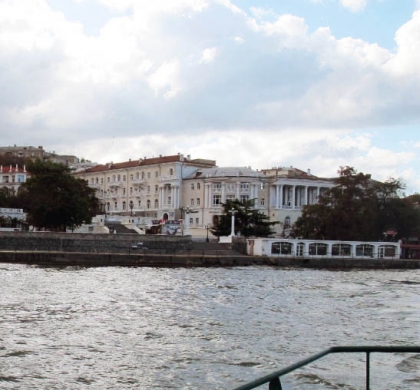
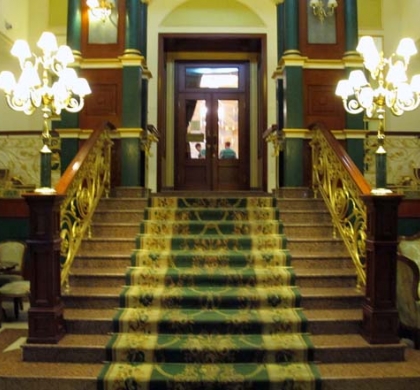
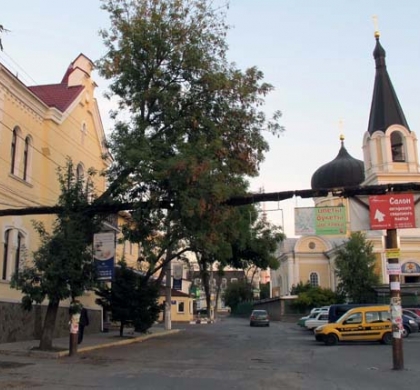
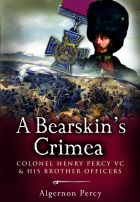
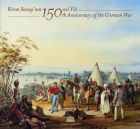
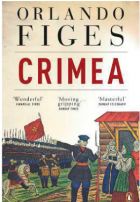
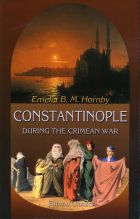
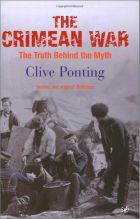
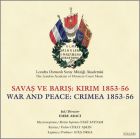
The London Academy of Ottoman Court Music, with Emre Araci

Cornucopia works in partnership with the digital publishing platform Exact Editions to offer individual and institutional subscribers unlimited access to a searchable archive of fascinating back issues and every newly published issue. The digital edition of Cornucopia is available cross-platform on web, iOS and Android and offers a comprehensive search function, allowing the title’s cultural content to be delved into at the touch of a button.
Digital Subscription: £18.99 / $18.99 (1 year)
Subscribe now